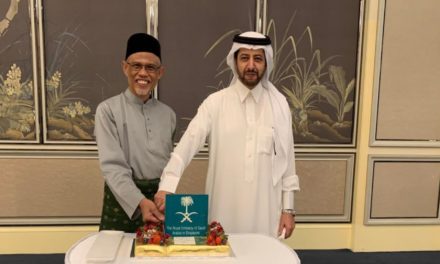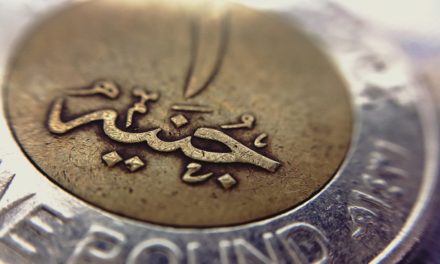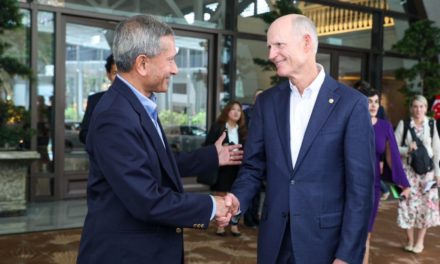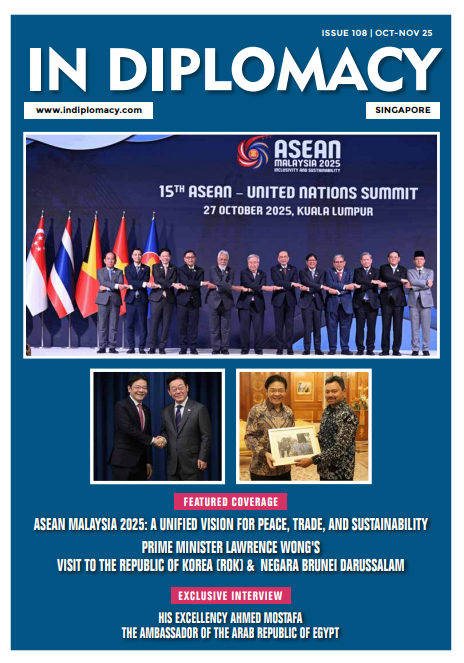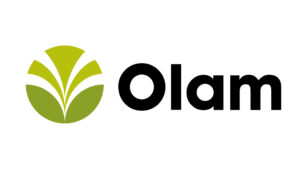
Dutch climate tech leaders Koen Verberne and Thijs Perenboom share insights on tackling climate change with 52impact’s pioneering sustainability strategies.
In conjunction with COP29 happening this month, we are featuring profiles who are leaders and pioneers in the sustainability tech sectors around the world. We have Koen Verberne and Thijs Perenboom, Co-owners and Directors at 52impact based in the Netherlands sharing their insights into how they have helped corporates and institutions address sustainability and climate challenges.
Q: Share with us your personal climate change journey and how 52impact came about.
Koen: Climate change is a global challenge or issue. The problem with this sounds very abstract or out of your control, but if you make it locally it becomes more concrete. If as a company you understand how climate change impacts you, you can also help the common good. That is where the interests between the private and the public are aligned, and this is where you need information to act upon. Using global data to provide local information. A global challenge that has an impact locally, requires a global perspective on local issues.
Thijs: Noticing in your personal life local changes, such as biodiversity loss or noticing the changing climate and the lack of urgency some companies seem to experience and want to help and put your drive into getting every stakeholder to move towards a more sustainable future. Seeing what is not being done, but what could be done with decision-making with data is a big part of this. Seeing what could be done to slow climate change and mitigate its impact that leads to the next step for organizations to deal with and implement changes is what inspires me.
Q: How do geodata & space technology applications play a role in addressing climate change?
Koen: If you take humans as the focal point, what do humans need? It is water, food, safety, and shelter. With space technology and geo-information you can assess and monitor these things, it has a direct impact on our life. All three of these are impacted by climate change.
Thijs: Direct monitoring and models are both important; satellite imagery provides us with a baseline about what has happened over the last 40 years, and we can monitor insights related to agriculture, and water, and to understand what is changing. We can monitor the measures taken to improve locally we are trying to make are being monitored, and make sure we can steer as quickly as possible. Climate change is a global issue, so we need global data and global models to understand the interconnectedness of both local and global issues.
Q: Please share your experience in addressing climate change with impact across international markets.
Koen: If you look at the recent history of Southeast Asia, you see an enormous population and economic growth. This has come up with challenges related to resources that have been enlarged/accelerated very quickly because of climate change. Businesses across this region are willing to act, but the question is how? You see a lot of trial and error, and now is the time to make decisions informed by information, for example around the implementation of nature-based solutions. Now you are at a time where you can notice this—a tremendous boost in investments is needed in these areas.
Thijs: For multinational Food and Beverage companies with hundreds of production locations, we can provide important insights into their water stress and how to locally mitigate their risks. For commodities such as palm oil, wood, and spices, the Southeast Asia region is very important in the supply chain of global companies, and de-risking these supply chains is an important issue for this part of the world.
Q: Europe is leading the fight against climate change and there is more awareness amongst the population than anywhere else (EIB Climate Survey 2024). Could you share what 52impact has done to address this in the business ecosystem?
Koen: It is almost the other way around. You see that if consumers are more aware of climate change, then there is an extra tendency for businesses to do something extra regarding climate change.
Thijs: Our work in the Netherlands can be applied everywhere in Europe and often globally as well; we are indirectly working on the monitoring and forecasting of nature’s sensitivity and resilience to a changing climate, and this type of data for instance informs policymakers in the field to act now before nature changes and we have species losses.
Q: There exist numerous challenges that corporations are facing in their pursuit of sustainability, particularly in Green Financing. In your view, what can be done to close this gap?
Koen: I think that when it comes to financing, you need to know what you are investing in and what the benefits are. This is something you can estimate based on data technologies that we are using with modern techniques. Once you know the benefits, you can make the business case.
Thijs: Some companies or financial institutions have a certain budget, and they do due diligence activities to see if they are “green enough” to be financed. Financers need to know: is this truly green and what will the estimated impact be? After financing, you should monitor and report back: did we reach our goals? Also, financers need to prioritize where do I put their money to best use to ensure impact. And what is the scale of impact—is it very local or are you improving the entire water-shed? If you do this enough on a large enough scale then what does this mean for our investments?
Q: Share with our readers, which areas of climate degradation have seen the largest delta of change and in which region can we observe this change the most.
Koen: I can say this, globally we have a big water issue. And there is plenty of room to act on this: agriculture industry, communities, etc. Here I would say that businesses and governments can have a large impact.
Thijs: There is no right answer to this question, the entire world is being impacted by climate change. There is also a temporal component to it, meaning that different regions will experience different impacts of climate change over time – for instance, first much more rainfall followed years later by more extensive droughts. This variability is one of the reasons that climate change will have such a large impact on the public and private domain. It is very difficult to pinpoint one region, and we need to be globally prepared and counteract them.
Q: Share your hope for 2025 about efforts tackling climate change.
Koen: Closing the gap between companies from the board room to operations, and the data technologies that create insights regarding climate—in that way it is more effective. Making people across organizations ensure that sustainability is a core part of their strategy within the company.
Thijs: Our goal for 2025 is to guide more companies to becoming aware of the impact of climate change and help them implement measures to mitigate their risks. From applicable while working on a global scale. If we provide information, we want to make it truly applicable at the local level, while being able to compare these insights also at the global level.
52impact
52impact was founded in 2017 and transforms spatial imagery and data into actionable maps and information products. They are experts in developing, presenting, and commercialising spatial data products and services for new markets. Combined with years of experience with tech projects and a large network of professionals, 52impact makes a flexible and reliable partner for your challenge.
Solyh Ahmad
Solyh Ahmad is a MENAT correspondent and passionately writes on current affairs related to international trade and diplomacy in the region. He has helped and advised many companies looking to establish and internationalise into the MENAT regions. Connect with him via LinkedIn.

